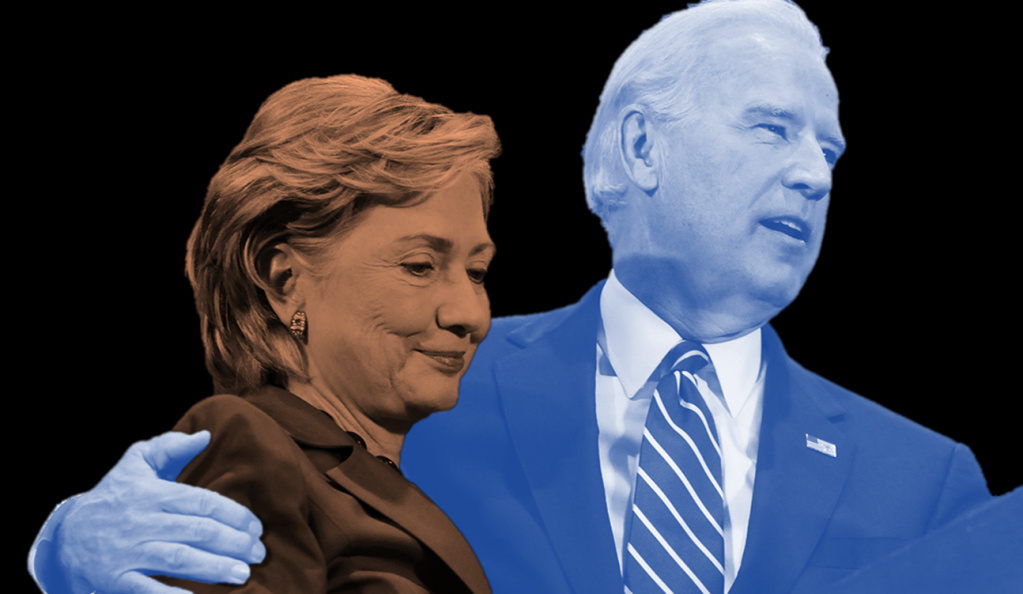Immigration and the soon-to-be nonwhite majority in the United States is nothing if not the beating heart of our national political crisis. On one hand, it is used as a tool by the President and his party to stir up racial fears and motivate hardline rhetoric on immigration and against immigrants, with disastrous consequences as we saw in El Paso last week. On the other, it is a source of demographic hope for a party lost and divided in the opposition. Democrats, however, would be foolish to assume that a majority-minority America will assure their electoral victory.

The data makes it clear that in 50 years, the majority of America will be nonwhite. It is also clear that continued Hispanic immigration from South and Central America will be fueling this change. This is not in dispute. What is, is that Hispanic voters will remain a loyal Democratic voting bloc for the next half century. This assumption would seem obvious continuing the hostility of the current Republican president towards immigrants, and particularly those of Hispanic descent, however it does not follow the suggestions of factual evidence, nor of historic trends.
The data shows that Hispanic Americans, in spite of the rhetoric and false assertions of some, are in fact assimilating into white American society. An increasing percentage of Hispanics do not speak Spanish at home, and Hispanics have actually declined in their share of total immigrants, meaning that less and less Hispanic Americans will consider themselves to be immigrants. Hispanics are also enrolling in college at increasing rates, another sign of assimilation.
All of these signs of assimilation mean that politically, Hispanics are beginning to dissolve as a unified voting bloc. College education, for example, unlike among white Americans, actually made nonwhite voters less likely to vote for Clinton in the 2016 election, and the increasing rates of college education may continue this trend. There are an abundance of historical parallels to this pattern. The immigrants who poured into the country from Southern and Eastern Europe around the turn of the 20th century were largely working-class, and Democratic voters. However, as they entered the middle class, abandoning their sectionalized urban neighborhoods for the suburban sprawl that sprung up after the Second World War, these voters shifted away from ethnic allegiances, as their links to their language and culture grew sparser and they assimilated into the broader white America. The signs indicate that Hispanic voters will do the same, and sooner than white Americans, or the major parties, may expect.







